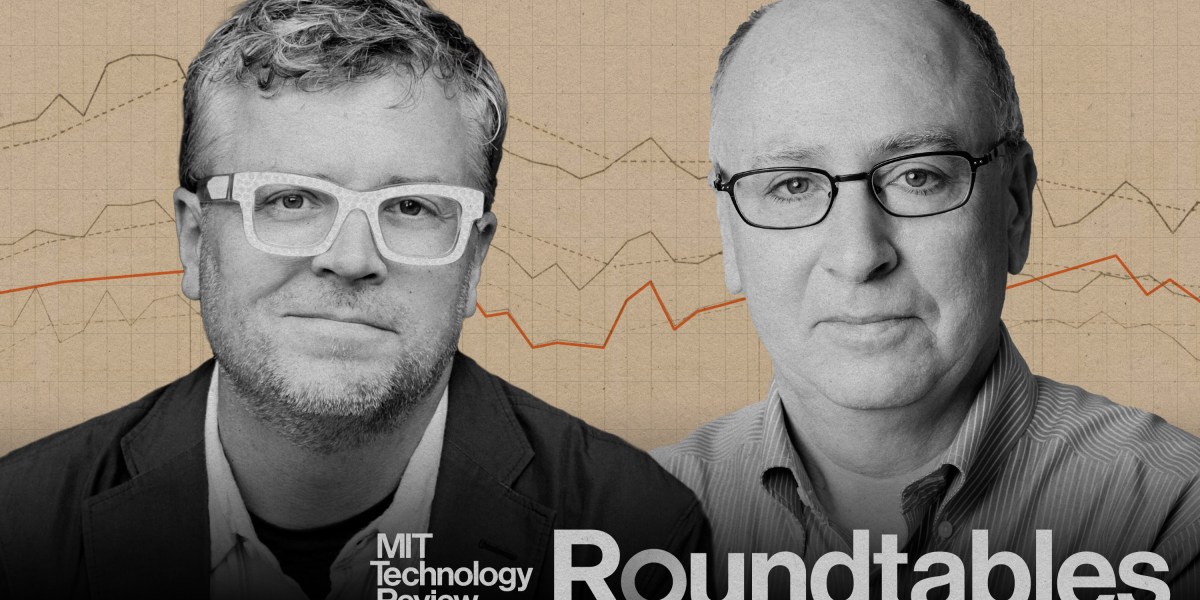How to stretch your venture dollars | TechCrunch
I didn’t know exactly where I was driving, but the sun was setting behind a field full of cows, the battery in my hybrid was nearly depleted, and the fuel light was blinking. I needed a plan.
Despite intermittent cell phone service, I navigated to a gas station, driving 5 miles per hour the entire way. If you’re managing runway at a seed-stage or Series A startup in Q3 2023, that’s what English majors call an allegory.
Follow-on financing is hard to raise these days, which means founders must watch their spending like hawks while keeping the peace with their investors like sweet, cooing doves.
Which proofs are investors looking for before they’ll commit to additional funding, what’s an acceptable burn rate, and how much runway do you need before raising more? At TechCrunch Disrupt, I spoke to three early-stage VCs to get their unfiltered advice for founders who are trying to keep the lights on long enough to reach product-market fit:
When is it time to start raising your next round?
If you haven’t found traction with customers and aren’t generating revenue, you should be in fundraising mode already.
“Pre product-market fit, you want to have as much runway as possible because that’s really the goal of being a seed stage startup,” Yang said. “It used to be [that] maybe you have six months of runway left, and you go and raise your next round. Now, more is better because of the market being a little bit more volatile.”
If you haven’t found traction with customers and aren’t generating revenue, you should be in fundraising mode already.
Series A fundraising “is much trickier now,” Dame said. “If you don’t have the right vision and the right unit economics, it’s really hard to raise the next round.” These days, it’s not enough to simply show “your path to profitability,” she added. “This is really an exercise of building great partnerships with investors so when you set up to raise, it makes it easier for you.”
A pre-seed startup generally needs at least 18 months of runway, Banerji said. “It allows you to make a number of tries without over hiring, pivot if you need to, [and] to essentially figure out [how to get from] the first five customers to a pathway to a million ARR.”
Follow-on funding is a challenge, “but there’s a lot of capital available now, just from angels or just from pre-seed or seed funds,” he added. “So getting to $500K to $2 million is very achievable in a couple of months’ time frame.”
Every panelist agreed that a founder should know their burn rate and remaining cash balance off the top of their head: “It gives me a lot of comfort when they have basically thought about and are marinating and are obsessing over every aspect of their business,” Yang said.




